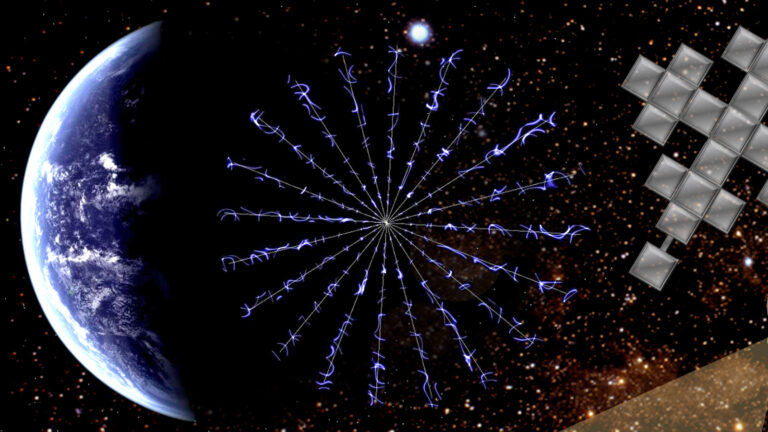NASA Chooses Cutting-Edge Technology Concepts for Ongoing Examination.
NASA has chosen seven technology proposals for further investigation in Phase II of the Innovative Advanced Concepts (NIAC) Program. These selections have been made based on their potential to revolutionize future aerospace missions, introduce new capabilities, or greatly enhance current approaches to building and operating aerospace systems.
The chosen proposals encompass a wide range of visionary ideas, such as utilizing metallic lithium combustion for long-term robotics operations, developing submarines to explore the oceans of icy moons orbiting outer planets, and deploying a swarm of small satellites to map gravity fields and study the characteristics of small moons and asteroids.
According to Steve Jurczyk, the associate administrator for the Space Technology Mission Directorate at NASA Headquarters in Washington, investing in early-stage research is crucial for advancing new system concepts and establishing the technological requirements necessary for future space exploration missions. He further emphasized that this latest round of Phase II selections underscores NASA’s unwavering dedication to fostering innovations that have the potential to transform our nation’s space capabilities, technology, and scientific advancements.

NIAC Phase II awards have the potential to reach a value of $500,000 for a two-year study. These awards offer proposers the opportunity to further enhance their concepts based on the findings of previously-selected Phase I studies. During Phase I, studies must demonstrate the initial feasibility and benefits of a concept. In Phase II, awardees are able to refine their designs and explore various aspects of implementing the new technology.
The selection of these projects by NASA was carried out through a rigorous peer-review process that assessed their innovativeness and technical viability. It is important to note that all projects are still in the early stages of development, with most requiring a minimum of 10 years for concept maturation and technology development before they can be utilized in a NASA mission.
Jason Derleth, the NIAC Program executive at NASA Headquarters, expressed his enthusiasm for this exceptional group of NIAC studies. He highlighted the diverse range of projects, from exploring cave formations on the moon to the development of a groundbreaking solar sail that utilizes solar wind instead of light. Through NIAC, NASA continues to push the boundaries of current technology.
NASA’s Space Technology Mission Directorate is dedicated to innovation, development, testing, and the deployment of hardware for future missions. Programs like NIAC demonstrate the directorate’s commitment to early investment and collaboration with scientists, engineers, and citizen inventors from across the nation. This approach not only yields technological dividends but also helps to maintain America’s leadership in the new global technology economy.
This article is republished from PhysORG under a Creative Commons license. Read the original article.
Do not forget to share your opinion with us to provide you with the best posts !





0 Comments